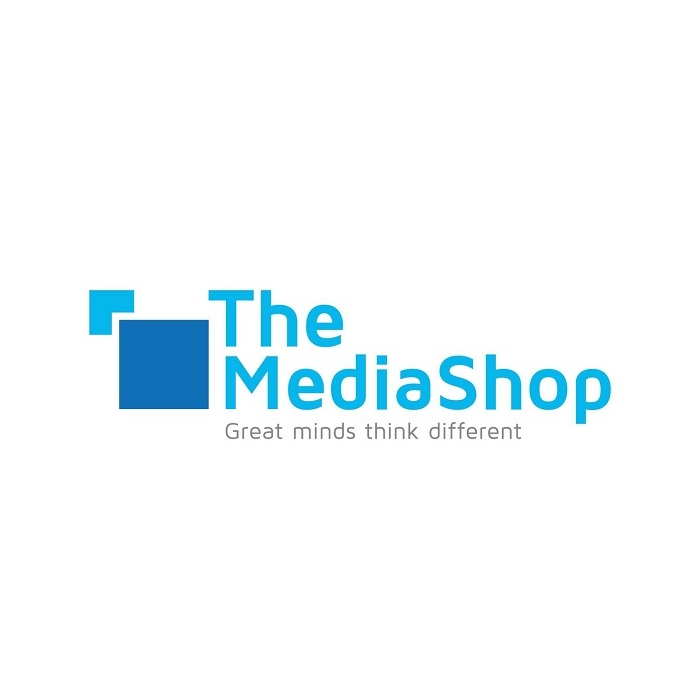YouTube and Google hit with controversy and advertisers are not happy!
YouTube was recently hit with major controversy. Advertisers noticed that their ads were shown alongside inappropriate videos, this included content that advocated hate speech, and, in extreme cases, even terrorism.
This wasn’t just a disaster for Google, but also for brands whose values and ideals were compromised by where their adverts were being placed. Of course, multiple advertisers pulled their adverts from YouTube in fear of being associated with such contentious content.
While the estimated advertising loss for parent company Alphabet is less than 1%, there is talk of advertisers being more cautious with where they place their advertising spend in the future, leading to uncertainty for both parties.
When this advertising catastrophe was discovered by Google, it expanded its advertising safeguards, adding to the strict policies already in place. Their intention is to prohibit the display of ads on pages or videos that promote hate speech and offensive or gruesome content, ultimately leaving advertisers with greater peace of mind.
But Google came under fire again recently for unfairly hiding videos through its restricted mode; the majority of these videos were from the LGBTQ community. After a weekend of social media uproar, YouTube’s CEO Susan Wojcicki tweeted that she was “pushing [their] teams to investigate.” Google’s current handling of the advertising situation is leaving investors uncomfortable and with serious cause for concern.
While the situation was far from ideal, Google acted swiftly to remedy the problem and to prevent any future issues. The list of advertisers who pulled their ads from YouTube sits at over 250 companies, and includes the likes of Coca-Cola, L’Oreal, and Verizon Communications. As a result of this, advertisers are asking for discounts in pricing upon their return to the advertising network. It has been predicted by Trip Chowdry – who is an analyst at Global Equities Research – that Google will need to give out ad credits to entice advertisers back to the platform.
A major concern being voiced is that ads are placed on YouTube via an algorithm, with no human intervention at all. This leaves doors open for the same problem: how do advertisers know that their adverts will be steered clear of controversial content? This is where Google’s brand safety measures come in to play. As we speak, Google is conducting extensive reviews into its advertising policies and tools to ensure that an advertiser’s brand is safe, and that it will not be shown on controversial content.
Google has committed to taking a tough stance on content that is hateful, derogatory or offensive. As part of this, Google will more effectively remove ads from content that it deems to be harassment or that attacks people based on gender, race, religion, or the like. They will tighten safeguards through its YouTube Partner Program to only show ads on content developed by legitimate creators, as opposed to channel impersonators and accounts that violate YouTube community guidelines. Ads will continue to be removed, and finally, the YouTube team will be re-evaluating their community guidelines to determine which content should be allowed on the platform.
Through these brand safety measures, Google aims to ensure that ads are not displayed against content that will reflect negatively on any brand. Who said technology made our lives easier?
- Delivering robust radio Audience Measurement for South Africa - 3rd April 2024
- The BRC hosts Ian Garland, modeller of the RAMS R&F data - 6th March 2024
- Facebook harnesses AR, VR for new era of connectedness - 21st June 2018






